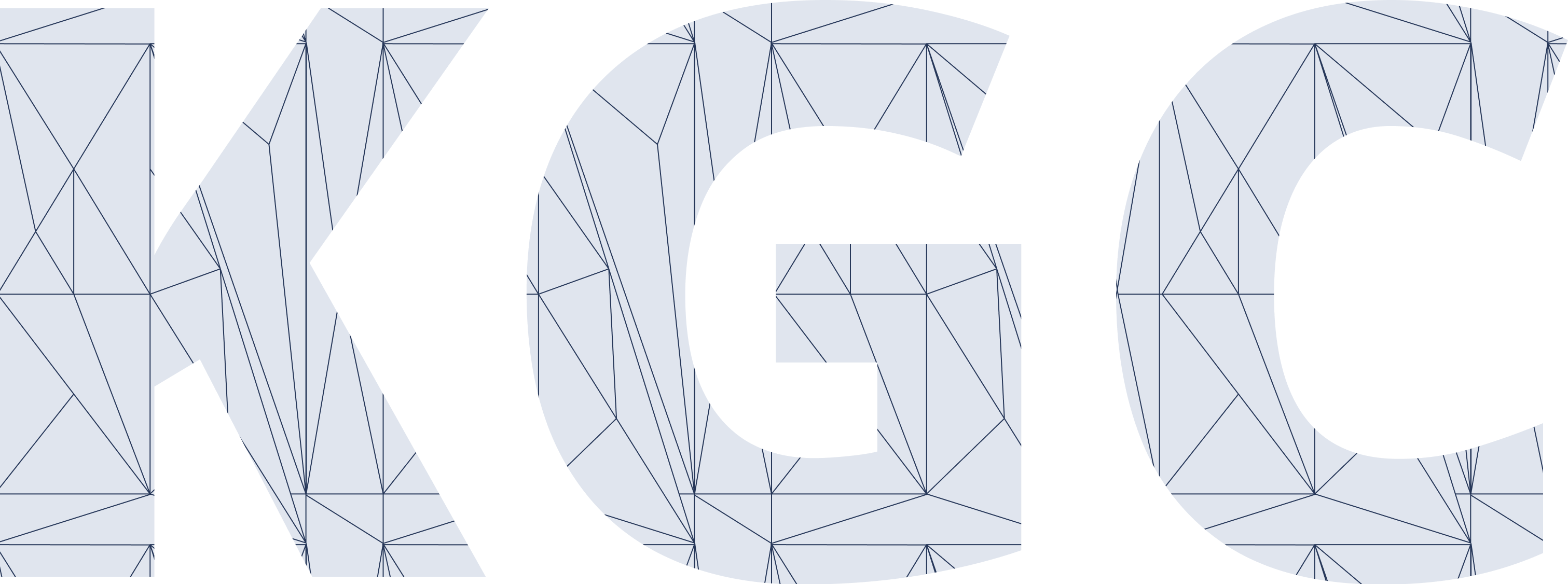Colin Puri
Colin is an R&D Principal within Accenture Labs and is as the lead researcher in the System & Platform group. His background is in the biometrics field building the next generation polygraph using thermal infrared imagery, creating algorithms for detection and quantification of stress, building sensors, and developing algorithms for RADARs in the National Missile Defense Program. He focuses on AI, Machine learning, imaging, data, knowledge representation, and graph analytics. He has had a focus on data and analytics throughout that journey and now is currently working on ways to use data to its full potential in system and platform implementations.
As a part of the Systems and Platforms team he is now is currently working on ways to use data to its full potential towards operationalizing AI and garnering insight at scale.He holds a M.S. in Computer Science from University of Houston.
Intelligent Customer Service Using Knowledge Graphs
Consistently providing excellent customer service is a challenge for even the friendliest organizations. Customer service representatives (CSRs) use rigid decision-tree scripts, customer complaints match against available CSRs using a first available strategy rather than their expertise or knowledge of an issue, and organizations dont automatically learn from their most effective complaint resolutions.
Our Intelligent Customer Handling solution (ICH) uses a knowledge graph (KG) to understand the Customer 360 space from analyzing call transcripts using natural language processing, incorporating expert feedback, and recommendation discovery for optimal resolutions. Our knowledge graph solution addresses the key challenges of customer turnover and churn through a better understanding of a customer complaint and can dynamically learn when to retrain a new knowledge graph from expert-driven feedback. In this session, we present how our novel solution: improves the customer experience, how a knowledge graph can model complaints and provide context for customer relationships, merges distinct domain schemas, and scales with its architecture in both design and engineering.

